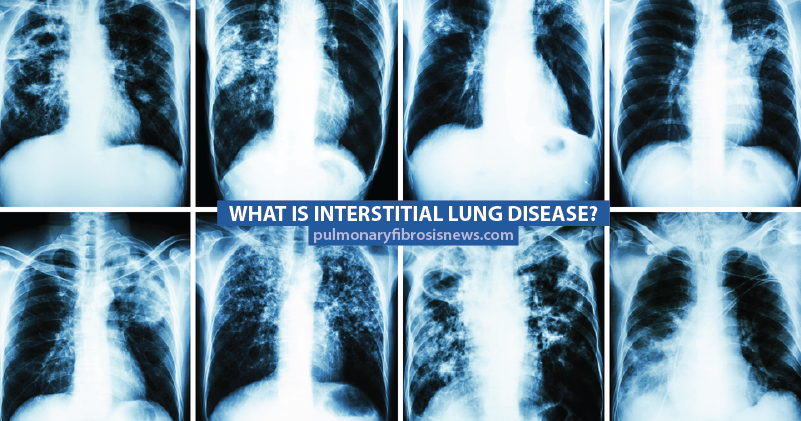What Is Interstitial Lung Disease?
Written by |

Interstitial lung disease (ILD) is an umbrella term given to a range of chronic lung diseases which all involve the interstitium. According to WebMD, the interstitium is part of the lungs’ anatomy. It’s a lace-like tissue spread throughout the lungs that supports the air sacs (alveoli) and allows the gas exchange between the blood stream and the lungs. ILDs cause thickening and scarring of the interstitium, hindering the ability of the alveoli.
MORE: Six ways to help you take care of your lungs.
If the interstitium becomes damaged, it can lead to lung diseases and symptoms such as a persistent cough, difficulty in breathing, fatigue, clubbing of the fingers, and intolerance to exercise.
Some forms of ILD are short-lived and can be treated, such as pneumonia, whereas others are chronic and life-threatening such as pulmonary fibrosis (PF), asbestosis, and sarcoidosis.
There are many reasons why a person may develop an interstitial lung disease: toxins such as smoking or environmental or industrial pollution, autoimmune diseases such as lupus or scleroderma, some medications, or radiation therapy. Often there is no known cause for the development of an IDL so it’s considered idiopathic.
MORE: How pulmonary fibrosis is connected to scleroderma
Pulmonary Fibrosis News is strictly a news and information website about the disease. It does not provide medical advice, diagnosis or treatment. This content is not intended to be a substitute for professional medical advice, diagnosis, or treatment. Always seek the advice of your physician or another qualified health provider with any questions you may have regarding a medical condition. Never disregard professional medical advice or delay in seeking it because of something you have read on this website.






